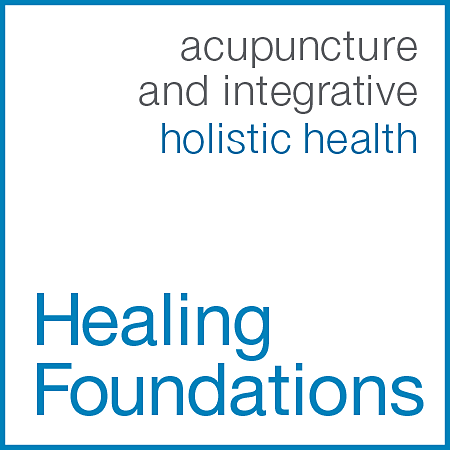Not all needling is acupuncture
Popularity of acupuncture in the U.S is growing and becomes more integrated with Western medicine practices every day. General Practitioners are referring their patients to acupuncturists on a regular basis, the use of acupuncture needles has begun filtering into a number of healing therapies.
What is dry needling, and how is it different than acupuncture?
Dry needling is the practice of inserting acupuncture needles into tender or painful points in muscle or tissue, then rotating or lightly jiggling them to induce a spasm and/or increase blood flow. Doctors or therapists in a number of fields often offer dry needling as an á-la-carte service. Practitioners using this method are not licensed acupuncturists, and have not received the training and education required to be one. Dry needling (using acupuncture needles) is a less involved way to leverage the efficacy of acupuncture by performing it without studying or employing it's diagnostic or treatment complexities fully or practicing it in a clinical setting. Obtaining the needles used in acupuncture is considerably easier than getting the training to use them. In recent years, everyone from physical therapists to cosmeticians have begun offering dry needling services, while inaccurately promoting that acupuncture is based in psuedoscience.
Licensed, degreed Acupuncturists
accumulate 1,500 to 2,000 hours of hands-on experience before they're allowed to practice on their own.
Click here to see CCAOM's comparison of required study hours for different acupuncture applications.
The difference is in the training— and It's the law.
Acupuncture is just one modality belonging to the holistic, drug-free therapies of Traditional Chinese Medicine. Anyone who practices acupuncture must have extensive education, and by law, must be licensed to do so. Licensed Acupuncturists (LAc) who've obtained an accredited degree and passed national certification exams have 1,500 to 2,000 hours of hands-on experience before they can begin practicing on their own. Knowing acupuncture's strengths, limitations and even risks is an important part of a licensed acupuncturists knowledge base. Even doctors in Western medicine who choose to integrate acupuncture in their practice are only required a minimum of 200 hours of training—just a tenth of a licensed acupuncturist, and they're are required to know when the scope of their training ends, and to refer their patient to a fully-licensed acupuncture practitioner. If anyone is using acupuncture needles to treat you, you deserve to know the basis of their treatment, and the amount of education and expertise they possess to perform it.
Security, safety, knowledge, and experience:
Every one of our acupuncture practitioners at Healing Foundations have graduate degrees in Acupuncture & Oriental Medicine (AOM). Eighty percent of their schooling is exclusively in AOM, and they've undergone 3-4 years extensive clinical training. When we say that Healing Foundations offers Acupuncture and Complementary Therapies, that's not just talk; our practitioners have the education and training to back up every one of your treatments, plus the knowledge and experience to carry out your holistic treatment plan.

